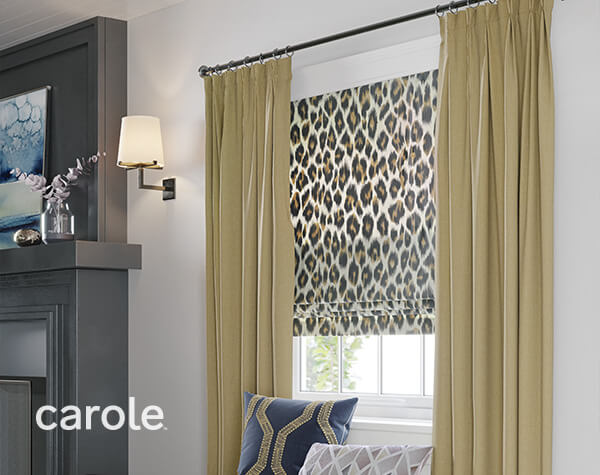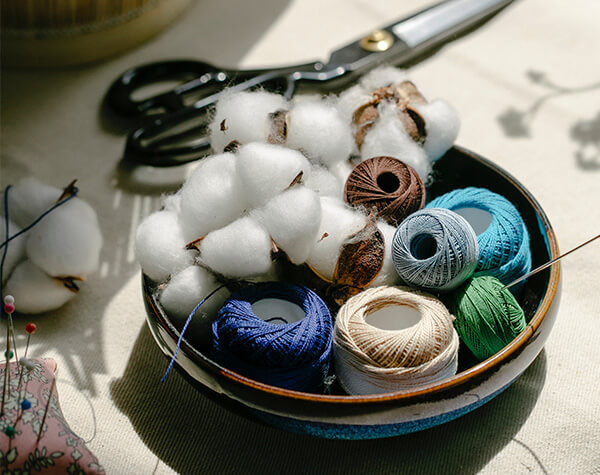
Fiber Content and Home Environments
September 14, 2021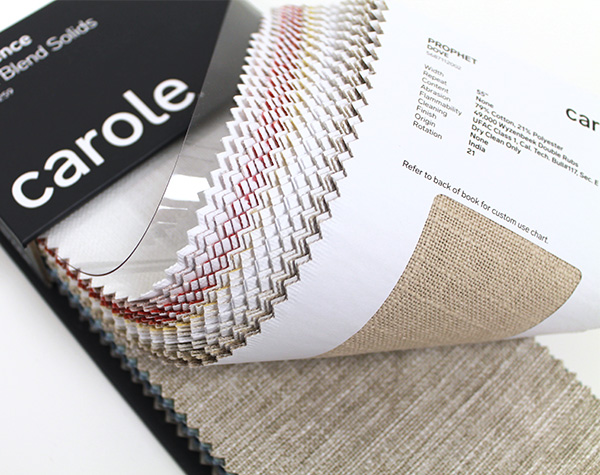
Using Flame Retardant Fabrics
November 22, 2021Selecting the Right Fabric: Part 3 of 3
Color and pattern attract us to the fabrics we want to use in our home. But properties of the fabric can make or break the success of your window treatment. What fibers were used? How were they constructed to make the fabric? Which window treatment style is best for my fabric? How does all this affect the way the fabric will look on the window when installed?
This three-part series covers how to match the right fabric to the right style of drapery or shade to ensure a successful design and a happy customer! The full series includes:
- What Does Fabric Construction Mean?
- Fiber Content and Home Environments
- Matching Fabric, Pattern and Window Treatment Style
Matching the Drapery Style to Fabric
Custom draperies offer maximum design flexibility with which to create the perfect effect for your room. Pleated styles add a traditional look of formality to a space, while non-pleated styles are viewed as more modern and casual.
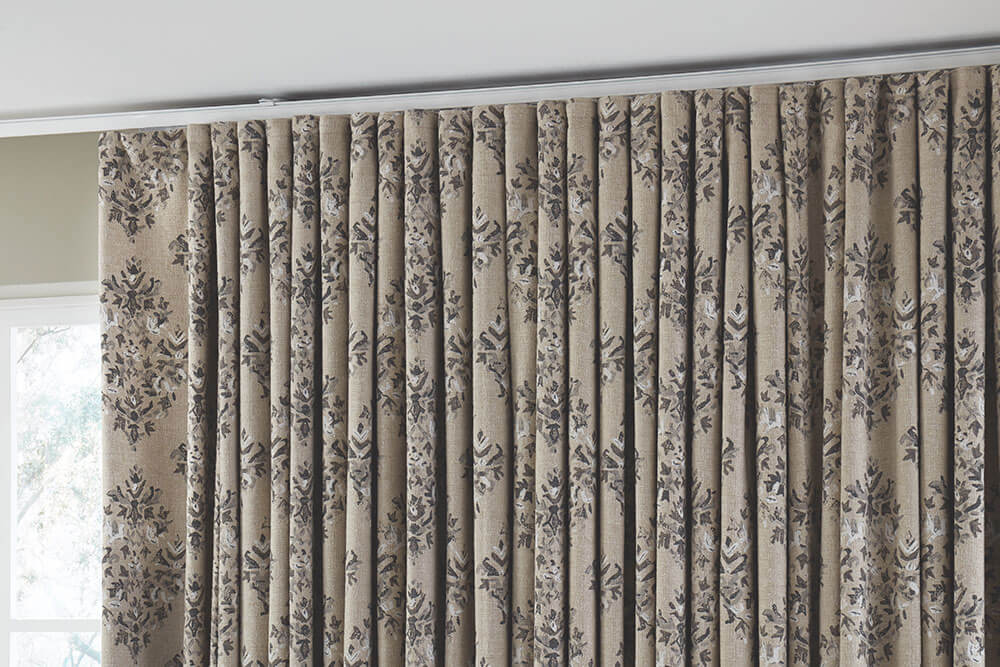
Pleated Styles
If you are looking for straight drapery with vertical pleat folds that traverse and hang a half-inch off the floor, then use any fabric that will hold a fold and establish memory. These fabrics include cottons, cotton-polyester blends, linens, or linen blends.
Non-Pleated Styles
If you want casual panels without a structured pleat fold for a more relaxed look, then use fabrics that have less memory and do not hold a fold. These fabrics include polyesters and other synthetic blends.
Matching the Shade Style to Fabric
Roman Shades are available in a variety of styles, but certain characteristics hold true for every style. When Roman Shades are raised, any pattern in the fabric is interrupted. When they are lowered, however, the effects can be quite different depending on your choice of fabric and shade style.
Flat Roman Shades
The Flat Roman Shade is a top seller that displays fabric patterns like a piece of artwork when fully lowered. This style is a great choice for statement fabrics or large-scale patterns. Pair it with coordinating side panels to complement the beauty of the shade.
Structured Shades
For a structured look, use fabrics made from natural fibers. Cotton prints, textured cotton solids, linen blend prints, and cotton blends will all hold a fold well. These fabrics will eventually establish memory and require less dressing. Front Fold or Reverse Fold styles provide additional structure.
Casual Shades
For a relaxed look, use fabics that are less stable. These fabrics will establish less memory and therefore require more dressing when raised or lowered. Loose or synthetic fibers such as soft linen, polyester solids or burlap will achieve this look. Slouch Roman Shades or Soft Roman Shades will accentuate the casual drape of these fabrics.
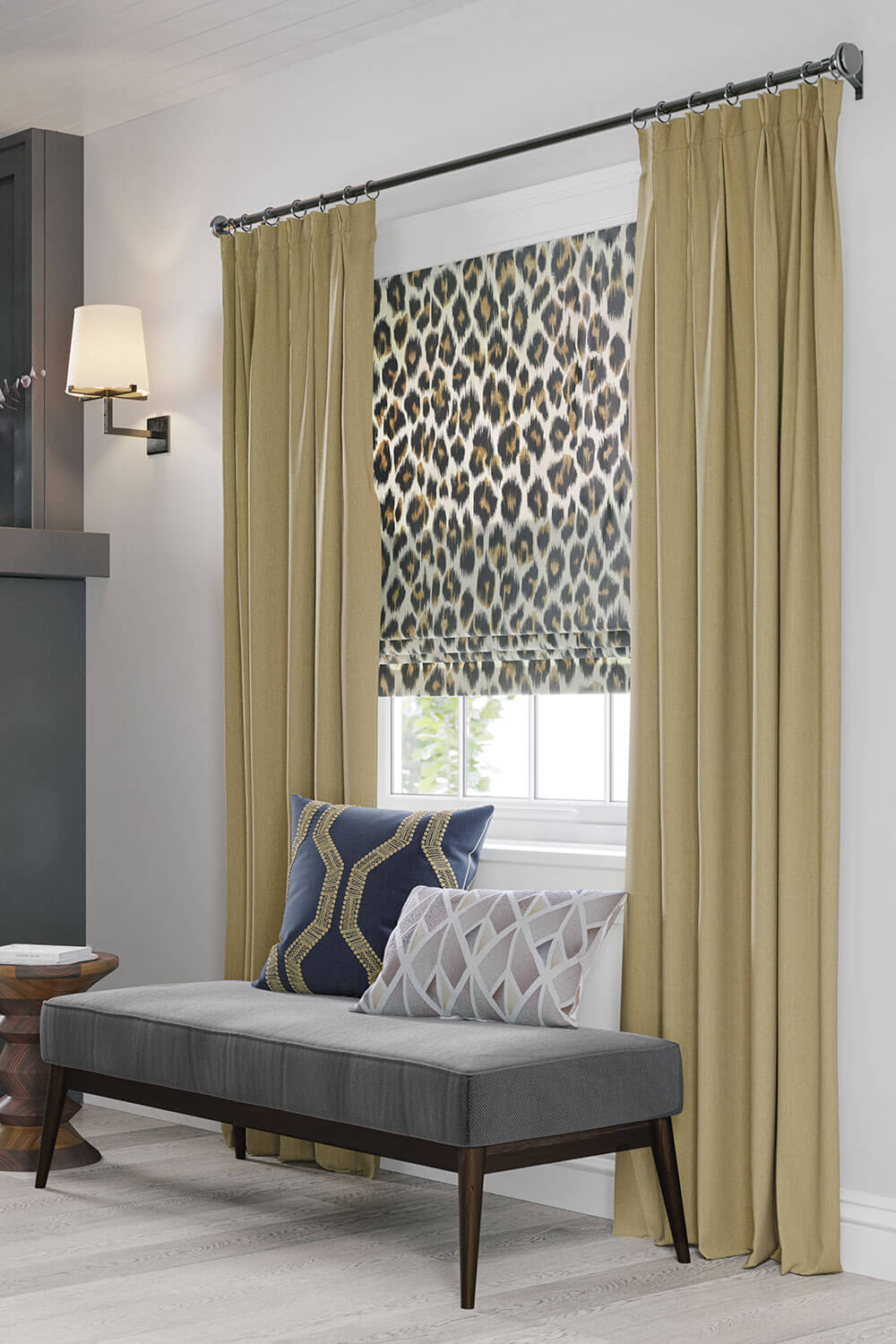
How Will the Pattern Look When Installed?
When using a patterned fabric for your design it is critical that you visualize how the pattern will change when it is pleated into a drapery or made into a Roman shade. Visit our Design Gallery to see examples and set the expectation for how your window treatment may look.
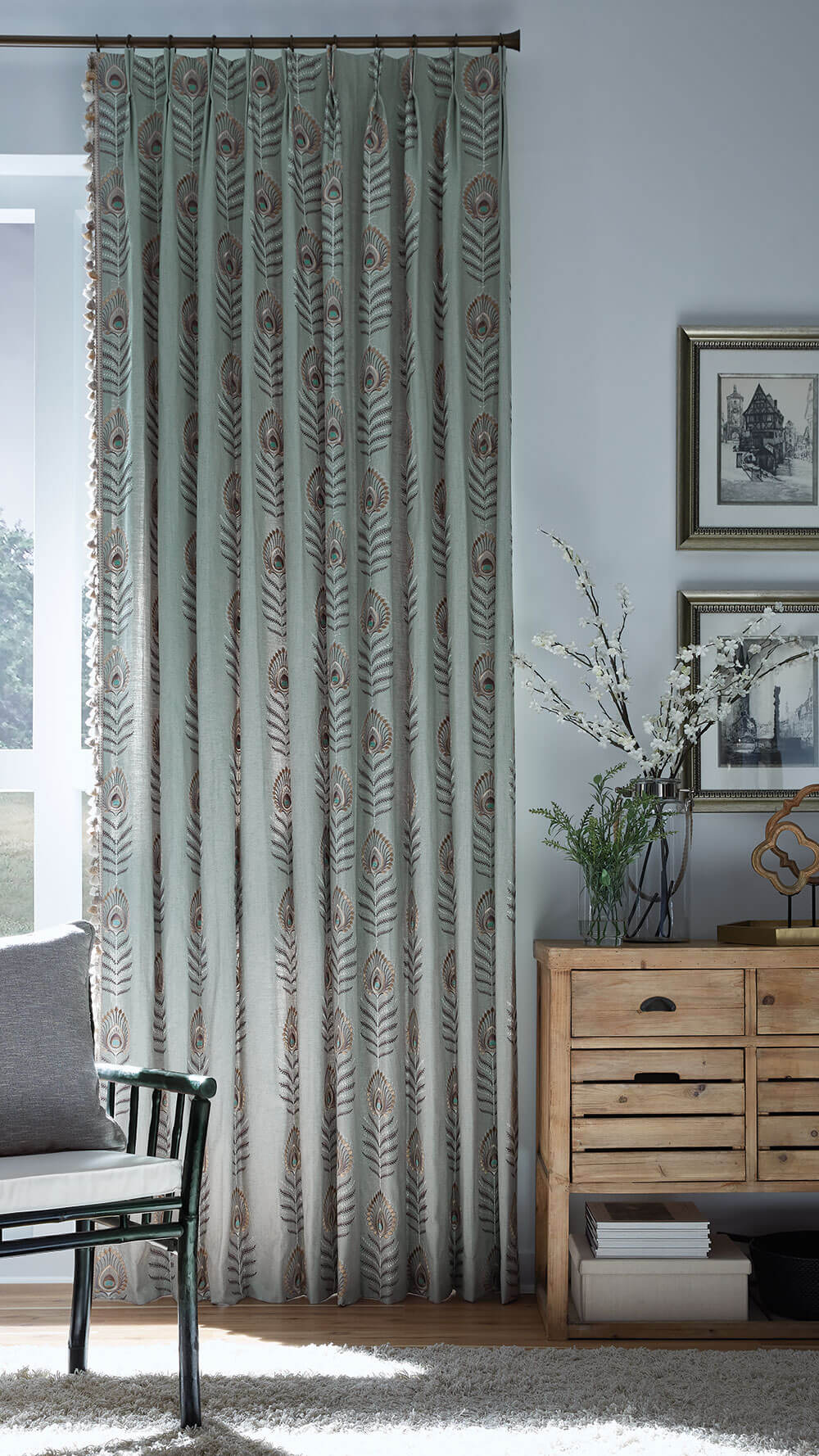
Large Patterns
As you look at inspiration photos, pay attention to details such as how different the same large pattern looks on a smooth pillow as compared to a pleated drapery. Consider how the pattern will look at the top when pleated, then as it moves down to the hem and how it will look when open or closed.
Fold fabric swatches to get an idea of how the pattern might look when the pleats are folded, keeping in mind that the pleat spacing may not match the pattern spacing. Consider if the pattern will look attractive when pleated and drawn open to a stacked position.
Choosing a Ripplefold, Plain Top or Grommet Heading drapery style will allow a consistent look from top to bottom, so consider these for large geometric patterns. Or perhaps select stationary side panels that could be left unstacked to display the pattern better.
Floral Patterns
Overall pattern florals look nice open or closed, but note that specfic parts of the pattern will not be visible when pleats stack up on each other. If you are working with a customer, be sure to set the proper expectation so they are not surprised when their draperies are installed.
If your customer is in love with a certain pattern and wants to display it like a piece of art, consider a Flat Roman Shade with coordinating side panels. The shade will display the pattern uninterrupted and the side panels will complement the shade beautifully.
Matching Drapery Styles to Patterns
The least forgiving drapery styles when working with large patterns are the three-fold pleat styles: Three Finger Pinch Pleat, Inverted Pleat and Natural Pleat. Be careful of fabrics with large areas that are void of pattern as these areas can appear larger as the pleats stack up next to each other. The three-fold pleat styles are best with evenly spaced small-patterned overall prints, damask fabrics or low-contrast prints.
Two-fold pleat styles — Two Finger Pinch Pleat, Monarch Pleat, Olivia Pleat — are somewhat better with patterns but still best with low-contrast small to medium overall patterns. Avoid fabrics with large areas that are void of pattern and be careful of bold geometrics.
The best, most forgiving styles that provide the highest visibility to your pattern are styles without pleated headers. Use these when you want to see a flowing, uninterrupted pattern. There are no pleats in the Plain Top, Grommet or Ripplefold Drapery, and there is only one fold creating the pleat in Single Pleat drapery. These styles are great for bold patterns, geometrics, and florals with large void areas.
I can't stress enough the importance of visualizing how your fabric choice will look with the style you have chosen. This will save you from any surprises upon installation!
If you have an account with Carole Fabrics, your Business Development Manager is available to assist you and answer any questions as you plan your custom window treatments.
If you don't have an account yet, please fill out the form on our Contact page for more information about becoming a dealer.

Susan Pfingst
National Training Coordinator
With over 35 years in the Home Design Industry, Susan brings her extensive experience in design and sales. Training is her passion and she looks forward to sharing her insight!

